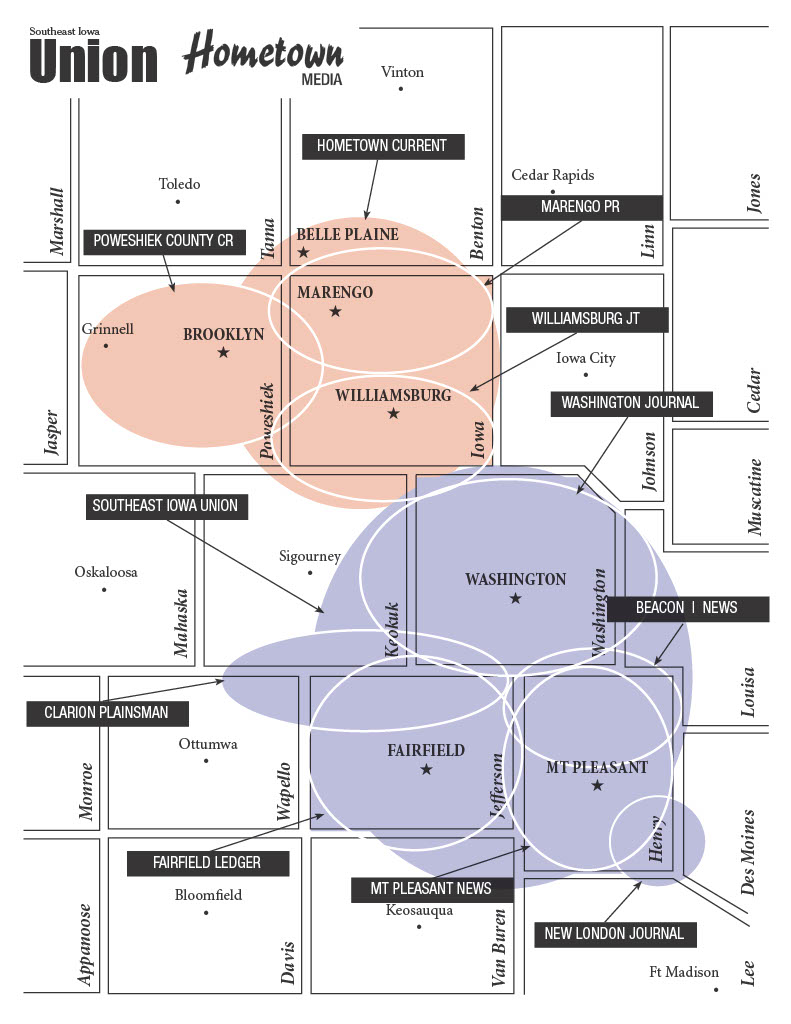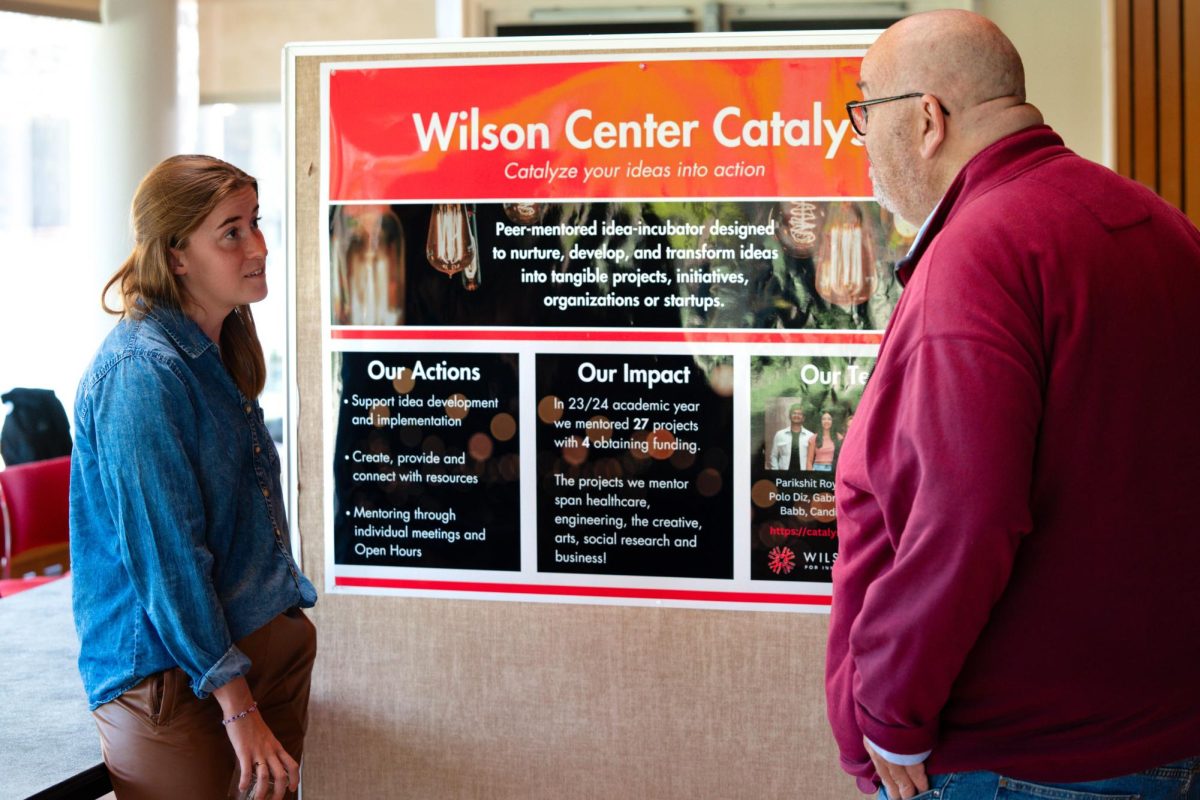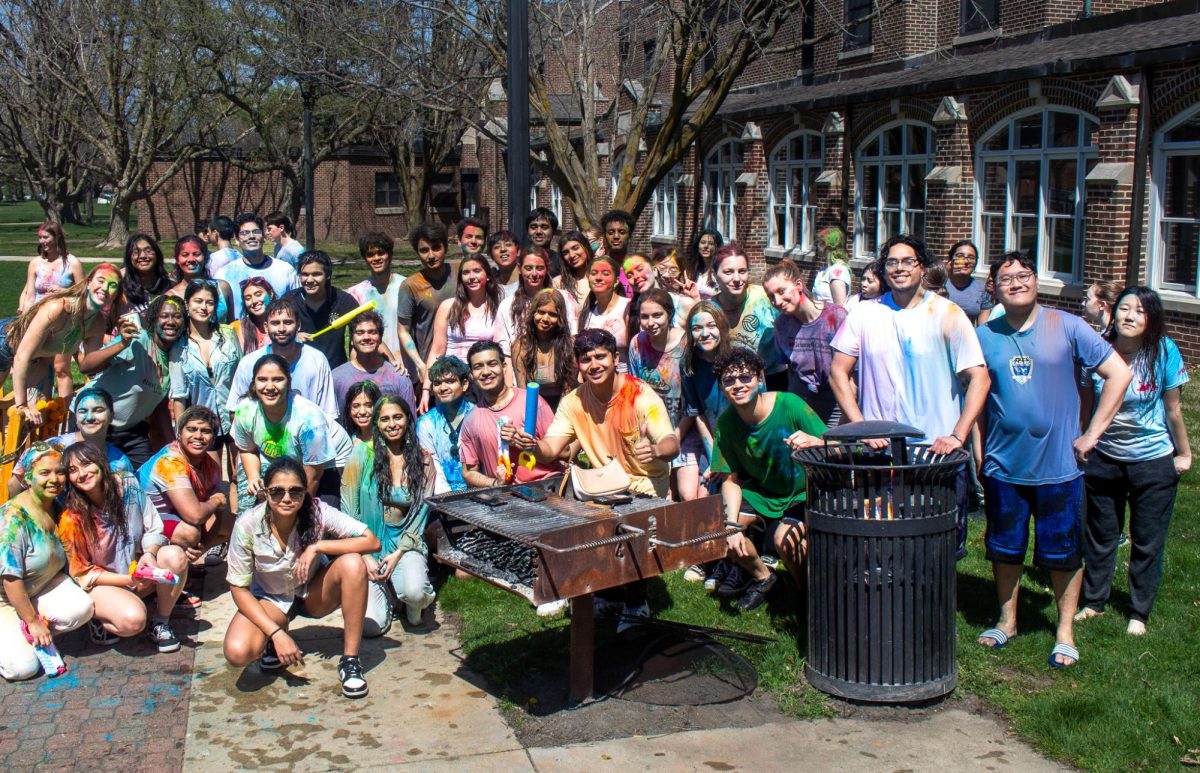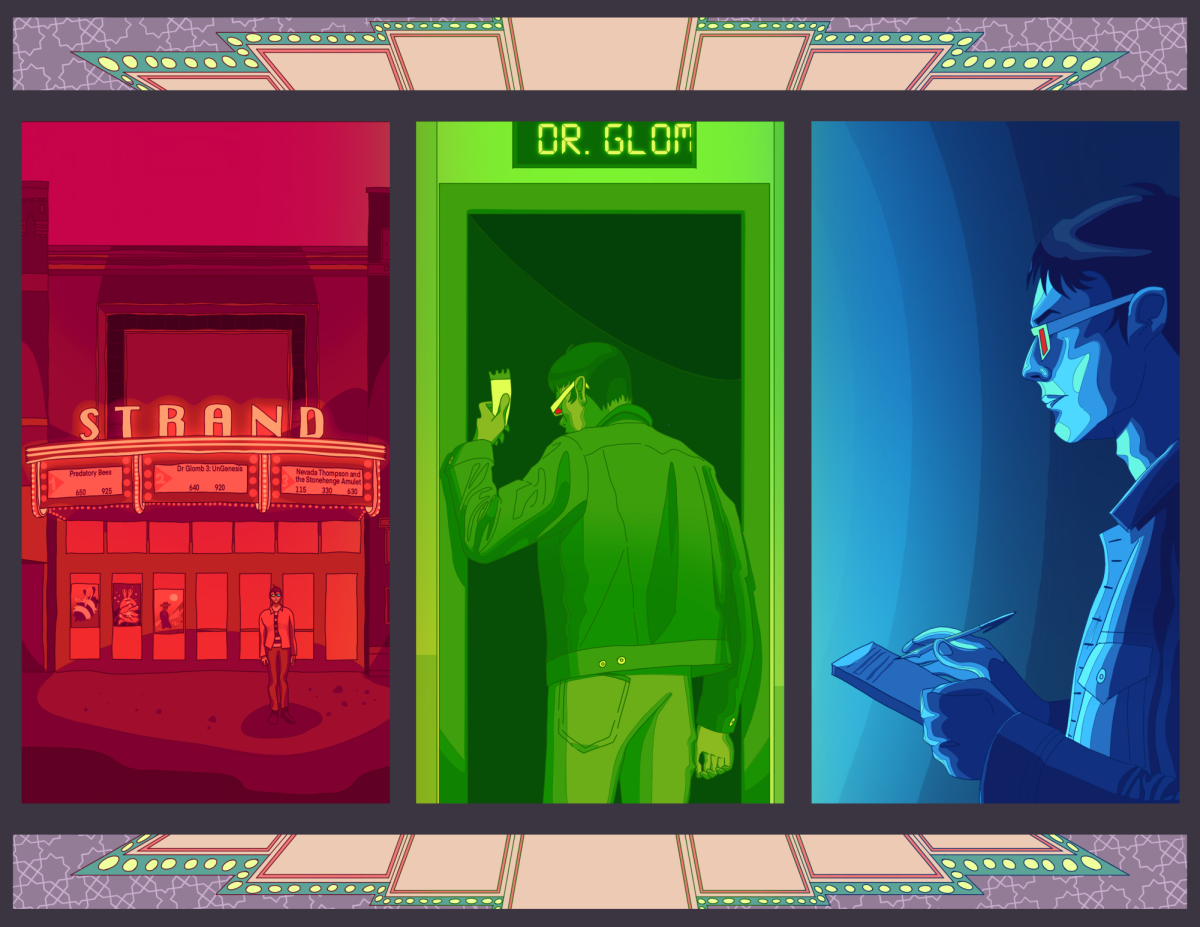The excuses are legion: “My parents would be furious if I brought it home from college with me,” “I’m driving home, and it can’t stay in hotel rooms,” “I don’t have time to make sure it gets all its shots so that it can come on the plane.” But regardless of the particular excuse used, the result is the same: another cat is left behind to shiver and shake in the cold and, since it has no idea how to fend for itself, eventually die. This decision is not bad for just the cat’s welfare, either—it has the potential to harm everyone in the town. After all, according to National Geographic, stray cats “decimate bird populations” and, through spreading disease, “threaten public health.” But as much as other Grinnell College residents or the townspeople try to appeal to the goodwill of cat-owning students leaving campus, the problem never disappears. And it never will—until the real heart of the problem is addressed. This is not a dilemma of immorality—it’s an issue of economics. For a college student who is leaving campus, the costs of keeping a cat often simply outweigh the benefits. And for this reason, solutions that are not based on costs and benefits—such as mere appeals to goodwill—will never successfully eliminate the stray cat problem. We need a solution based on economics.
But what can we do? Realistically, we can’t prevent cats from being left behind—paying people to keep cats in order to raise the benefits of keeping them will not guarantee good treatment of the animals, and there’s no way for us to lower the costs, since they’re largely out of our control (see the list of excuses.) In the same vein, we can’t practically enforce a raising of the costs of cat dumping (such as by fines—people would just get around them), and we can’t lower the benefits without raising the costs. So, then, cats are going to be left behind, whether we like it or not. We can’t change that. What we can do, though, is find a way to convince people to abandon their cats responsibly. There’s an animal shelter in town—we just need to rearrange the incentive structure such that it becomes more rewarding to bring cats to a shelter than to dump them on the streets. And there’s an easy way to do this: have the animal shelter pay people for bringing in their cats. If the animal shelter offers individuals enough money to outweigh the costs of responsible dumping versus irresponsible dumping, people will pick that option, since it maximizes their benefits. The only question left to be asked, then, is of who will pay the shelter to do this. Luckily, there are several options: funds could come from donations, a private foundation, payments made for regular services at veterinary offices (such as spaying and neutering) and/or the College, whose image would be bettered by a reduced presence of dirty- and miserable-looking animals. So now that we have properly conceived of the stray cat problem as an economic issue, we have solutions for it that will actually work – all that remains for us to do is set one of these plans into action, and make Grinnell a better place.



























































